
Intensive shrimp farming model of farmers in Cau Ngang district.
Many challenges
The brackish water shrimp industry in the province was established more than 30 years ago. In the beginning, it was mainly developed in the form of improved extensive farming and semi-intensive farming. By 2000, after the State had a policy of investing in developing hatcheries and intensive farming, along with the establishment of a logistics network for breeds, feed, chemicals, purchasing, processing, etc., the intensive farming of black tiger shrimp began to develop strongly.
However, brackish water shrimp farming in Tra Vinh is currently facing many difficulties and challenges. In shrimp farming areas, infrastructure has not been fully invested; the environment is polluted due to the increasing level of intensification; diseases arise frequently and frequently, many new diseases appear; the source of quality shrimp seeds produced locally is limited...
Comrade Son Sam Phone, Deputy Head of the Department of Fisheries, Fisheries Control and Sea Islands (Department of Agriculture and Environment of Tra Vinh) said that the climate change situation is increasingly extreme, with many phenomena such as rising sea levels; weather, temperature, salinity in water changing continuously... seriously affecting the farming environment. Meanwhile, the irrigation system serving shrimp farming in Tra Vinh is mainly shared with the irrigation system serving agricultural production, so water supply and drainage are not guaranteed, intensive farming areas do not have water treatment ponds, so disease outbreaks are very likely.
In addition, the locality is seriously lacking in quality local shrimp seed sources. The whole province has 16 seed facilities that can only supply about 1 billion seeds, meeting about 20% of the shrimp farming needs of the people. The remaining seeds must be imported from provinces such as Ninh Thuan, Binh Thuan, Bac Lieu... Using seeds that do not ensure quality also reduces the survival rate of farmed shrimp.
In the period of 2020 - 2024, the total damaged shrimp farming area in the province is nearly 9,000 hectares, accounting for 5.6% of the farming area. Shrimp die mainly in the period from 03 - 50 days old, with diseases such as white spot, acute hepatopancreatic necrosis, intestinal tract, white feces... Not only that, the production cost of shrimp farming in Tra Vinh is currently quite high; shrimp farmers in Tra Vinh are also limited in profits.
Director of the Department of Agriculture and Environment of Tra Vinh, Tran Truong Giang, said that compared to countries with large shrimp exports in the world today, the cost of raw shrimp production in Tra Vinh is quite high due to many intermediaries. Most local shrimp farming households produce on a small scale, lacking production links; many households have to borrow capital to invest in production, causing production costs to be "pushed up". This reduces the profits of shrimp farmers, making it difficult for Tra Vinh raw shrimp to compete in the export market.
Sustainable career development
According to the plan, in 2025, Tra Vinh province will raise 24,000 hectares of black tiger shrimp, with an output of about 10,500 tons; 8,000 hectares of white-leg shrimp, with an output of nearly 90,000 tons. To achieve the set goals this year and sustainably develop the brackish water shrimp industry in the coming time, Tra Vinh is implementing many synchronous solutions.
Accordingly, the locality prioritizes investment in irrigation, electricity, and transportation infrastructure in key shrimp farming areas; reorganizes production in the direction of linking the industry value chain, in which enterprises are the main link playing a leading role in the entire chain, linking to ensure harmonization of interests with farmers. The province will form joint ventures and partnerships with provinces and cities in the Mekong Delta and Ho Chi Minh City to expand the market, encourage businesses to invest in the brackish water shrimp industry in Tra Vinh province; form and develop high-tech shrimp farming areas.
The locality promotes the transfer and application of scientific and technological advances into practice for brackish water shrimp farming; replicates new models, solutions, and farming technologies that adapt to changing weather conditions, shrimp farming in many forms such as: dividing into stages, using biological products, closed circulation, biosafety, high technology... and effective production linkage models to help farmers and businesses reduce losses and proactively produce.
The province also transfers, upgrades and applies advanced technology in processing and preserving raw shrimp to increase added value, ensure food safety, and meet the requirements of importing countries; supports shrimp farms and businesses in raising and processing shrimp to improve production and business efficiency, build brands, promote markets, and consume shrimp products, etc.

Super-intensive high-density shrimp farming model of farmers in Duyen Hai town.
In addition, the province actively calls on businesses to invest in building large-scale standard hatcheries, large-scale high-tech shrimp farming, and building shrimp processing plants locally. Strengthen coordination with institutes, research centers, and universities at home and abroad to promote research and selection of fast-growing, disease-free shrimp breeds to proactively supply to shrimp farming areas. Focus on solutions to minimize diseases in farmed shrimp.
Recently, at a workshop on disease prevention and control in brackish water shrimp farming organized by the agricultural sector in Duyen Hai district, scientists from institutes and schools instructed farmers on how to prevent and treat diseases arising in shrimp farming; including many new diseases that have recently appeared.
In the coming time, the specialized sector will strengthen monitoring and warning of the water environment to promptly advise and warn farmers; guide disease prevention and control measures, and effectively implement technical solutions to minimize damage to farmed shrimp.
According to Director of the Department of Agriculture and Environment of Tra Vinh province Tran Truong Giang, to reduce the cost of raw shrimp production in Tra Vinh and increase competitiveness in the market, the agricultural sector encourages farming households to link production and sign contracts directly with businesses without going through traders to reduce intermediary costs; reorganize production in the direction of linking to form concentrated, large-scale production areas associated with certification standards to improve the quality of raw shrimp and increase competitiveness in the market.
Mr. Nguyen Van Ut's family in Long Toan commune, Duyen Hai town used to raise shrimp in extensive and improved extensive farming methods. After accumulating experience and receiving technology transfer, in 2018 he boldly invested in raising white-leg shrimp using high technology. Currently, his family has 08 ponds on an area of 05 hectares, with an average stocking density of 250 shrimp/ m2 .
In order for the farming industry to develop more and more according to the criteria of disease-safe farming processes and the movement of sustainable and developed farming, Mr. Ut said that farmers must control the source of breeds well, should use disease-free breeds or breeds that have been tested negative for dangerous diseases; combined with the application of biosafety measures at the facility, technical advances in shrimp farming to control the risk of pathogens entering. Households should connect, form cooperatives, clubs, etc. to share production experiences, easily access support policies and partners to provide input materials and consume output.
Mr. Nguyen Van Ut proposed that specialized agencies increase training and transfer of science and technology to shrimp farming households; promptly provide information on weather fluctuations, prices, markets, and import-export situations of countries so that people can proactively produce and avoid losses.
Article and photos: THANH HOA
Source: https://www.baotravinh.vn/kinh-te/tra-vinh-phat-trien-ben-vung-nghe-nuoi-tom-nuoc-lo-44666.html








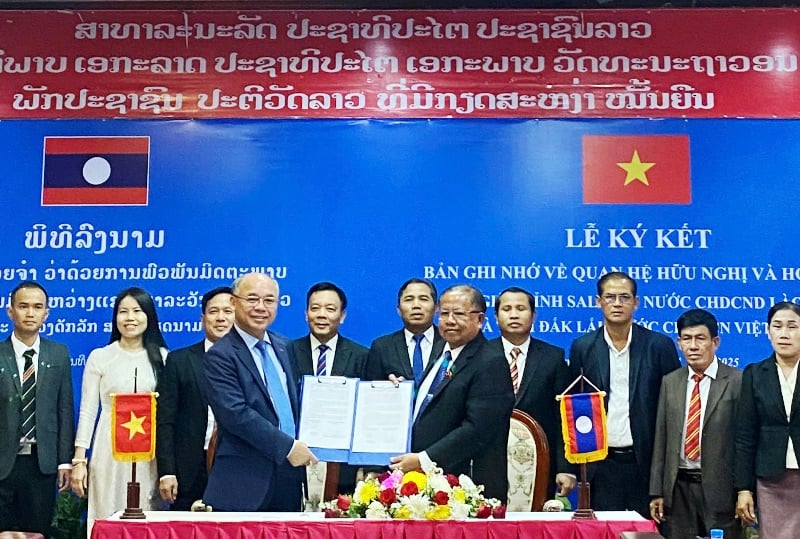
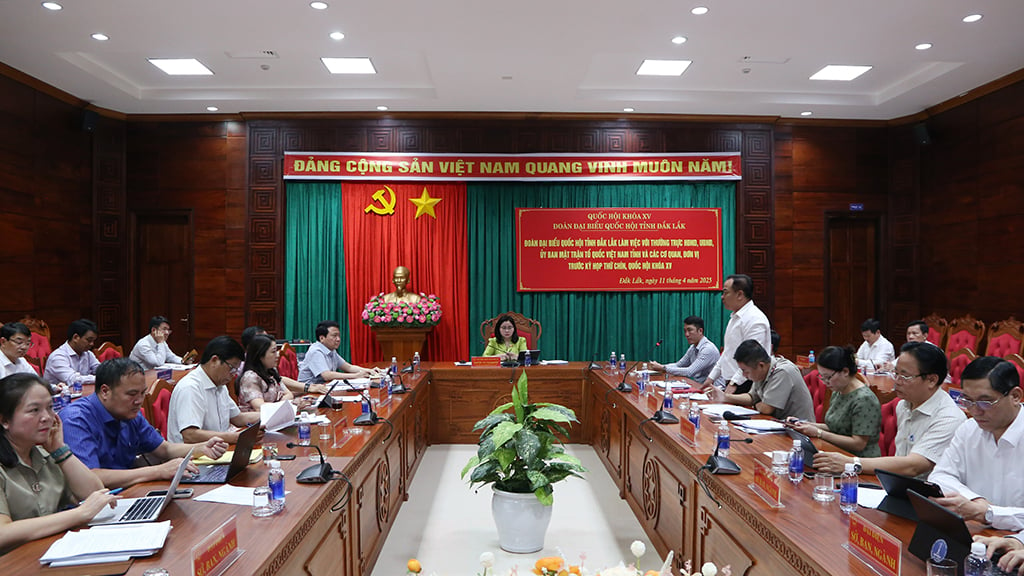
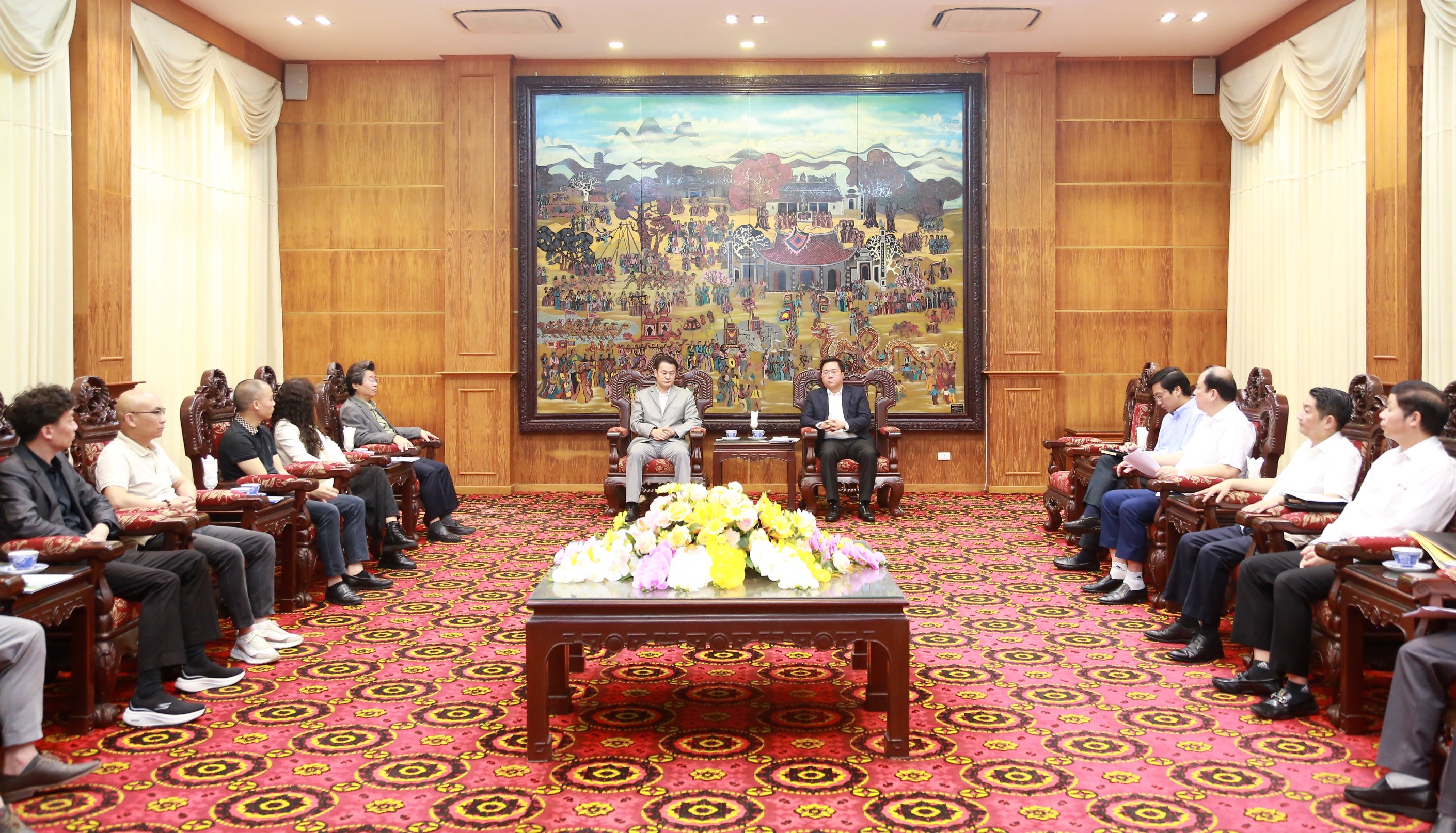
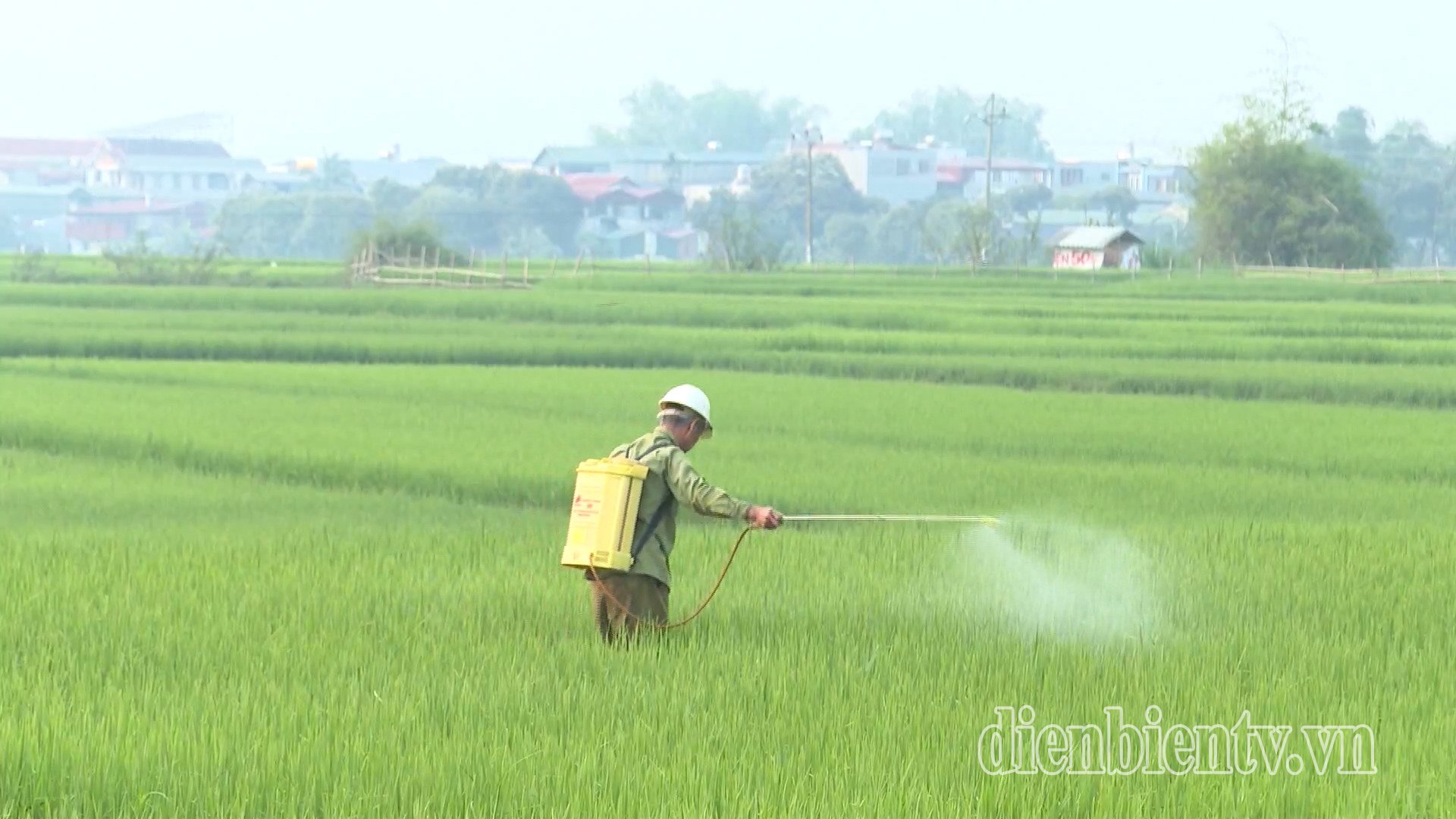
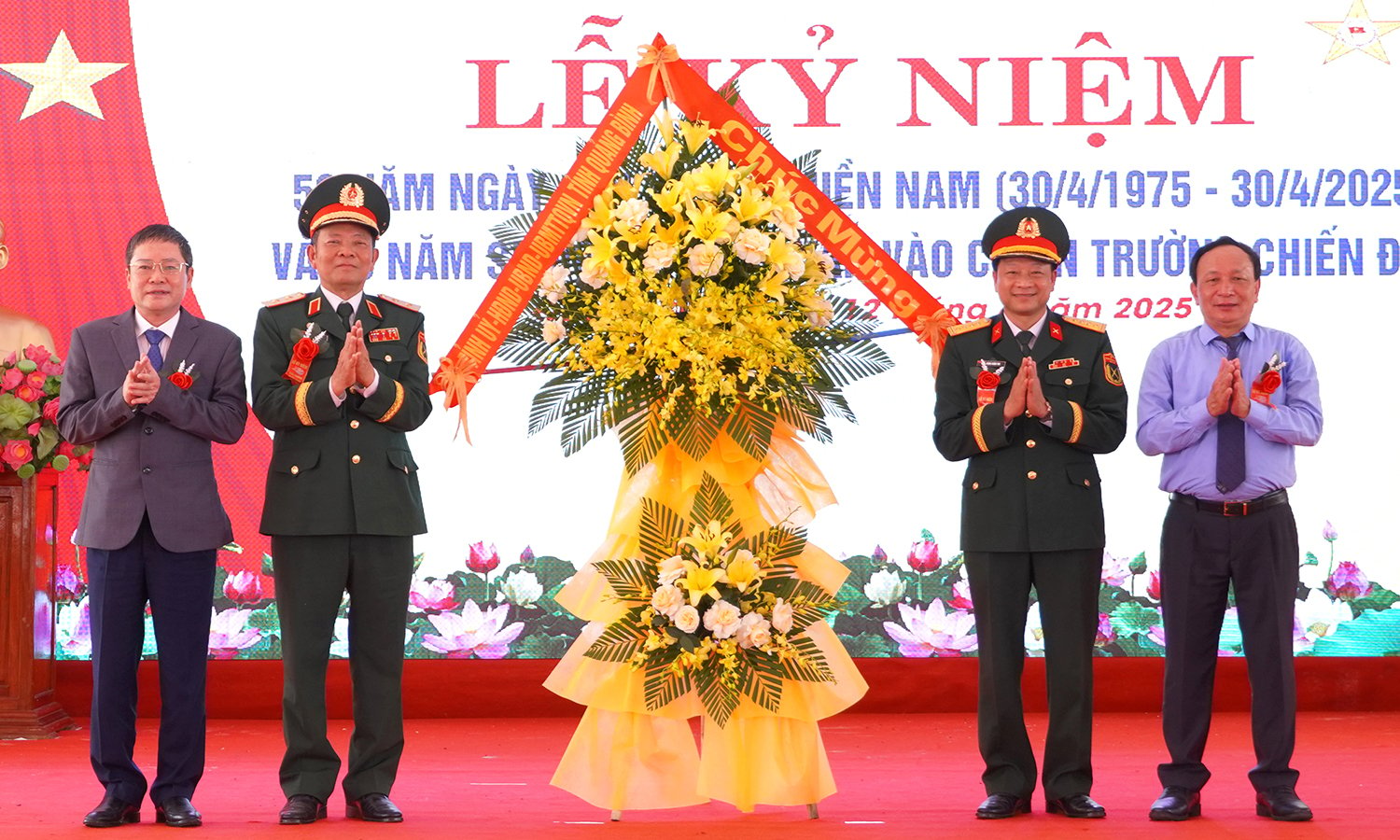
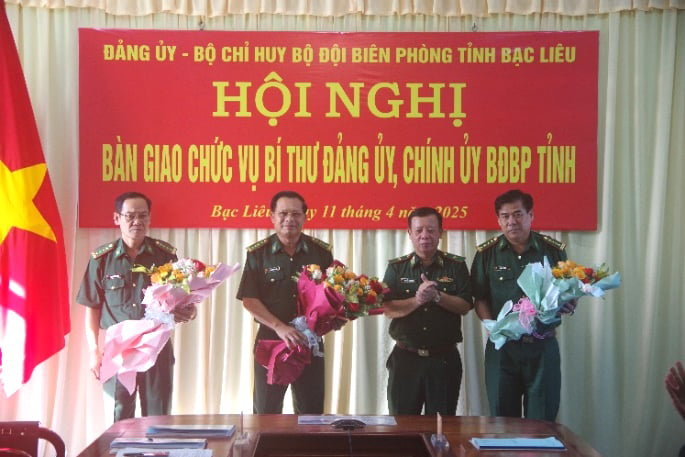


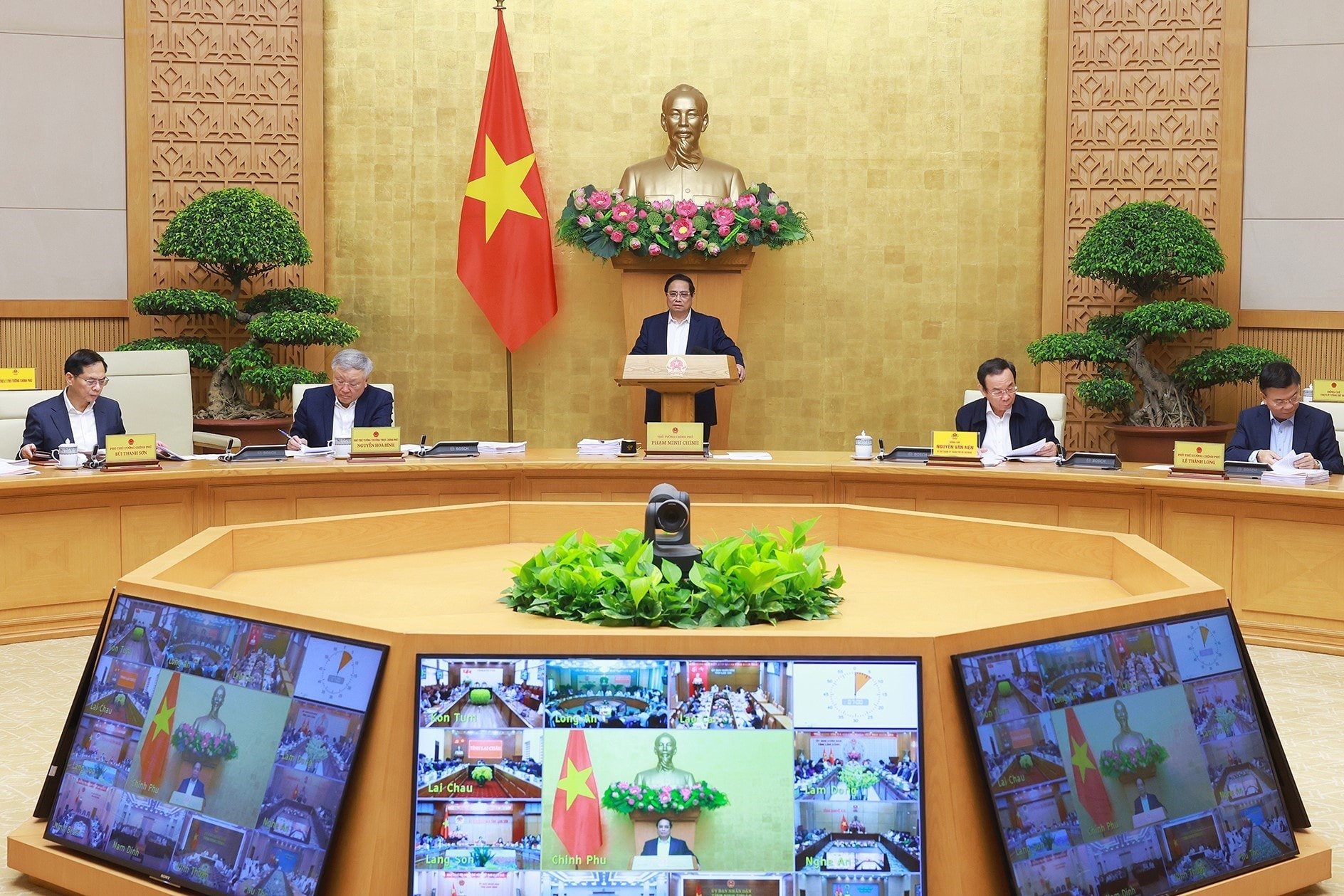
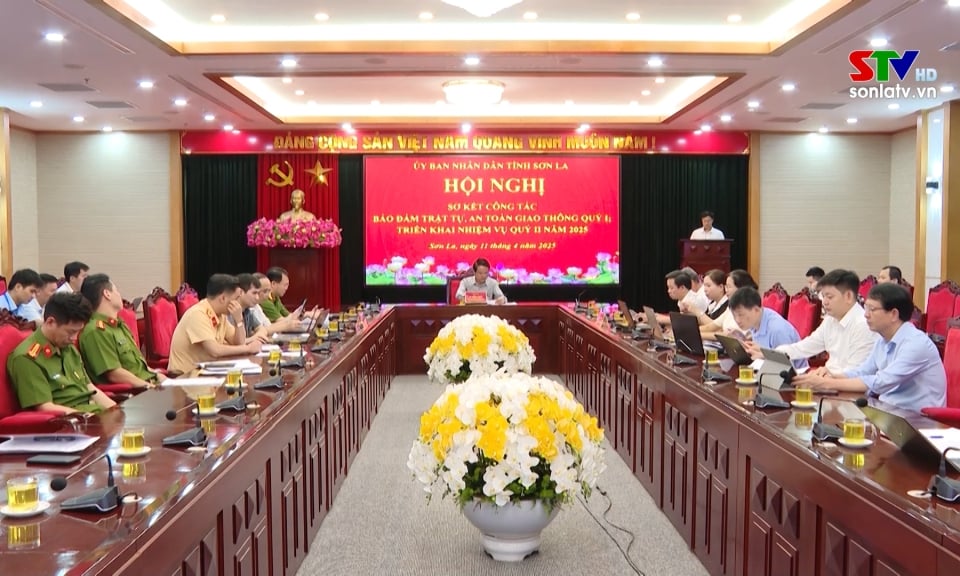
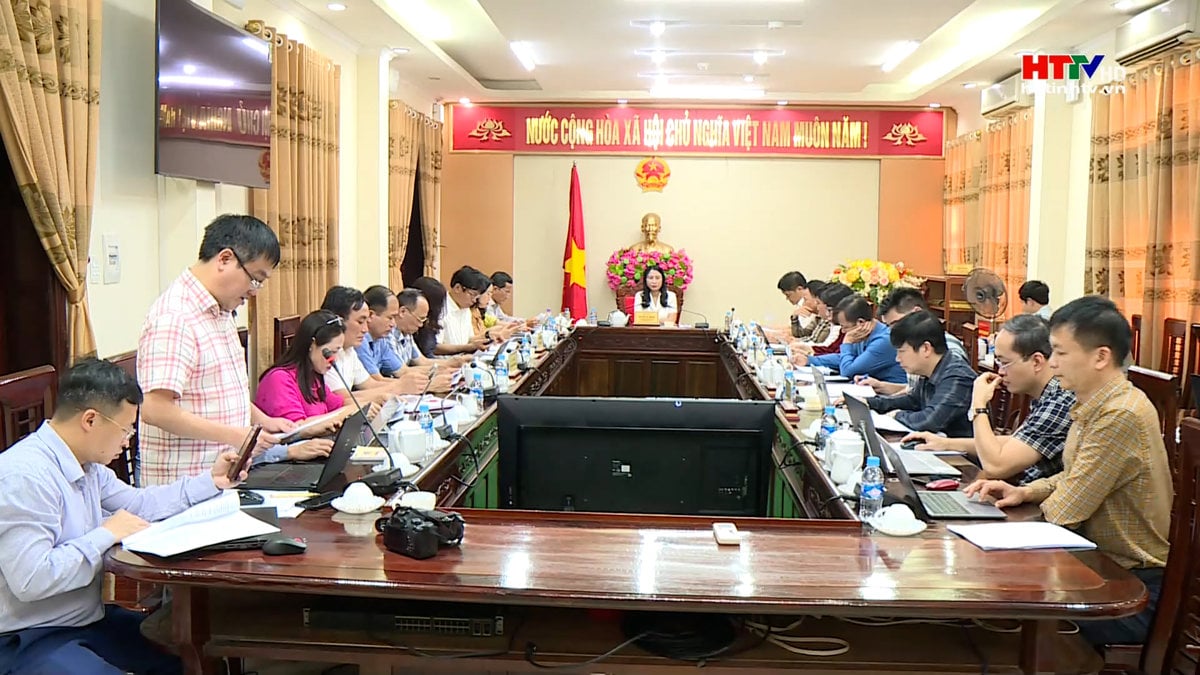
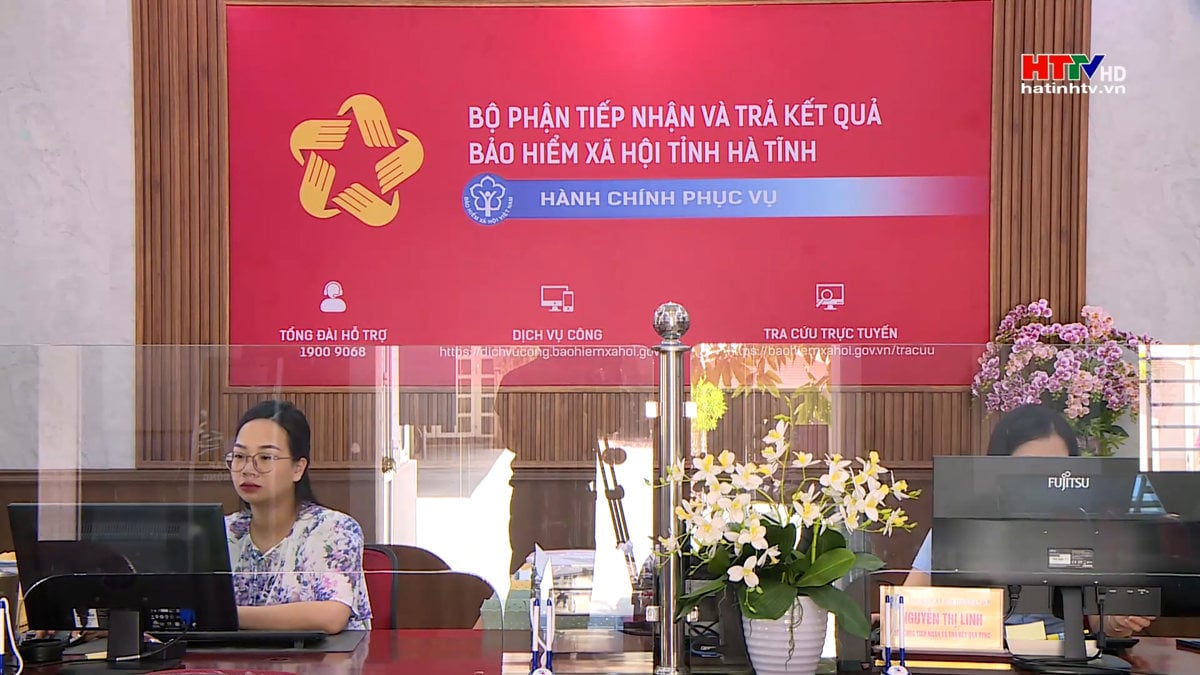




![[Photo] "Beauties" participate in the parade rehearsal at Bien Hoa airport](https://vstatic.vietnam.vn/vietnam/resource/IMAGE/2025/4/11/155502af3384431e918de0e2e585d13a)















































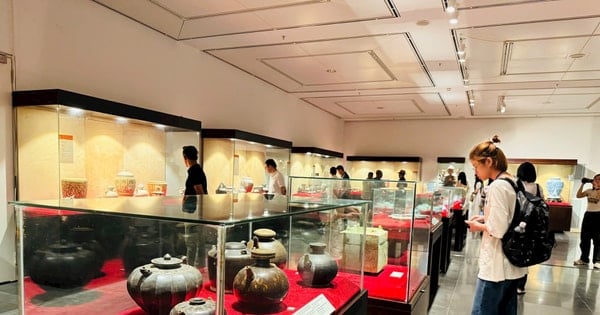
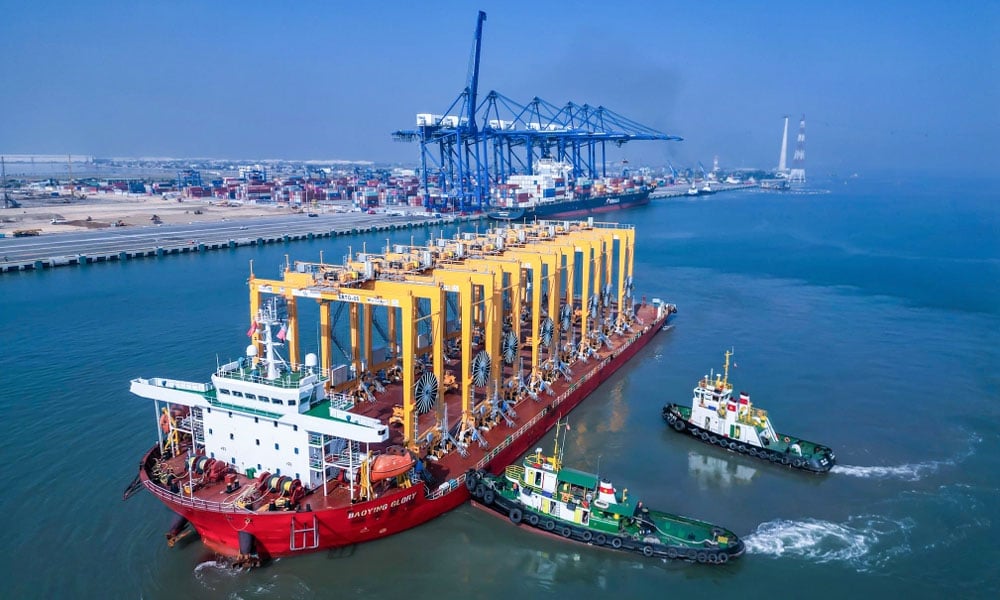











Comment (0)